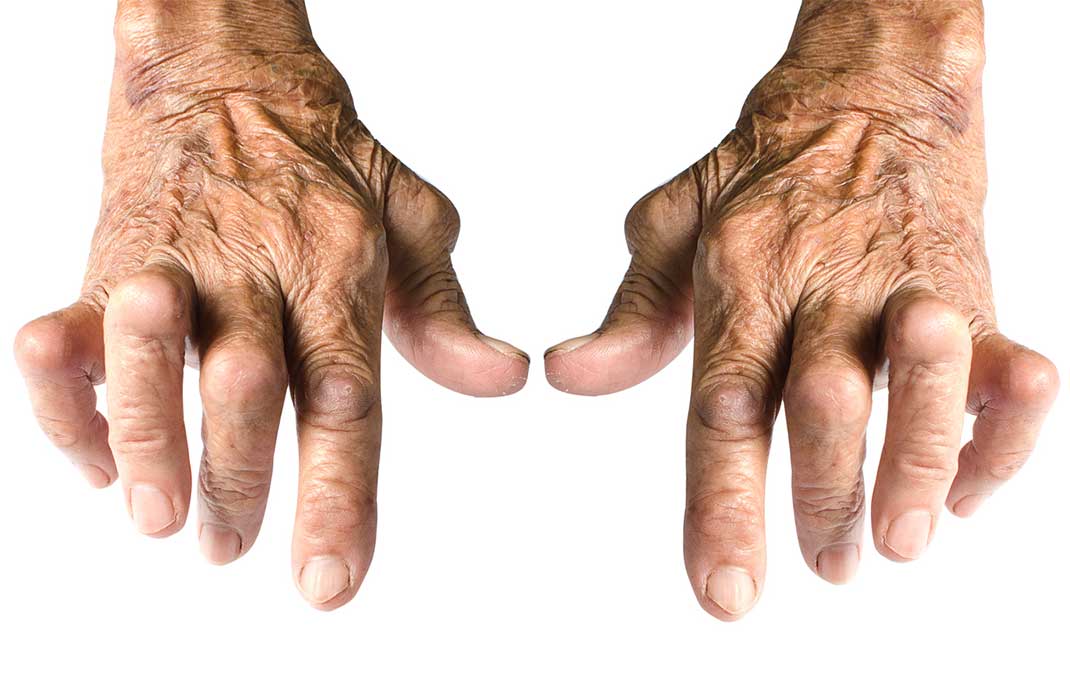-
- Find Care
-
- Visitor Information
- Find a Location
- Shuttles
- Visitor Policies
-
-
- Our Virtual Care Options
- Virtual Urgent Care
- Virtual Visits for Primary & Specialty Care
- Online Second Opinions
- Participate in Research
-
- Contact us
-
- For Innovators
- Commercialization Guide for Innovators
-
-
- Research News
- Alzheimer's Disease
- Artificial Intelligence
-
- Overview
-
- Overview
- Getting Started
- New to Mass General Brigham
- International Patient Care
- What Is Patient Gateway?
- Planning Your Visit
- Find a Doctor (opens link in new tab)
- Appointments
- Patient Resources
- Health & Wellness
- Flu, COVID-19, & RSV
- Billing & Insurance
- Financial Assistance
- Medicare and MassHealth ACOs
- Participate in Research
- Educational Resources
- Visitor Information
- Find a Location
- Shuttles
- Visitor Policies
- Find Care
-
- Overview
- Our Virtual Care Options
- Virtual Urgent Care
- Virtual Visits for Primary & Specialty Care
- Online Second Opinions
-
- Overview
- Participate in Research
-
- Overview
- About Innovation
- About
- Team
- News
- For Industry
- Venture Capital and Investments
- World Medical Innovation Forum (opens link in new tab)
- Featured Licensing Opportunities
- For Innovators
- Commercialization Guide for Innovators
- Contact us
-
- Overview
- Information for Researchers
- Compliance Office
- Research Cores
- Clinical Trials
- Advisory Services
- Featured Research
- Two Centuries of Breakthroughs
- Advances in Motion (opens link in new tab)
- Brigham on a Mission (opens link in new tab)
- Gene and Cell Therapy Institute
- Research News
- Alzheimer's Disease
- Artificial Intelligence
-
- Overview
-
- Overview
- Residency & fellowship programs
- Brigham and Women's Hospital
- Massachusetts General Hospital
- Mass Eye and Ear
- Newton-Wellesley Hospital
- Salem Hospital
- Integrated Mass General Brigham Programs
- Centers of Expertise
- Global & Community Health
- Health Policy & Management
- Healthcare Quality & Patient Safey
- Medical Education
- For trainees
- Prospective trainees
- Incoming trainees
- Current trainees
- Continuing Professional Development
What Are Rheumatoid Arthritis Symptoms?

More than 1 million Americans live with rheumatoid arthritis (RA), a chronic condition capable of debilitating the joints. Pain and inflammation can limit how these people move their hands and feet.
Some barely make it to work, let alone complete simple activities they once cherished.
“I’ve heard patients describe evening walks, making dinner, or even playing with their children or grandchildren as nearly impossible,” says Daniel Solomon, MD, MPH, a Mass General Brigham rheumatologist. “The good news is that many treatments make rheumatoid arthritis a very treatable and controllable condition.”
Dr. Solomon discusses the symptoms of rheumatoid arthritis, its history, and its treatment.
What causes rheumatoid arthritis?
The immune system keeps people healthy. Serving as a potent line of defense, it fights bacteria, viruses, and cancers. Sometimes, the immune system mistakes healthy cells for harmful agents. This happens during autoimmune disease; the body attacks itself with its own shield.
Rheumatoid arthritis is one of several different types of autoimmune disease. The body attacks the joints and protective lining between the bones. Like arthritis from aging, the protective lining begins to break down. Inflammation — an immune response to tissue damage that causes swelling — ensues, prompting painful movements.
Although scientists don’t know its cause, they have linked rheumatoid arthritis to several risk factors:
Age: While children may have the condition, adults 60 years old and older are most likely to experience early symptoms. The condition worsens in their 70s and 80s.
Sex: Women are typically two-to-three times more likely than men to develop new cases.
Smoking: Smoking cigarettes increases the risk of developing the condition. It can also make the condition worse.
Live birth: Women who haven’t given birth may be at a higher risk than those who have.
Genetics: Certain genes make people more likely to develop the condition. They can also worsen pain in the joints.
Obesity: Like smoking, obesity can increase the likelihood of developing the condition.
Breastfeeding can decrease the risk of developing the disease.
What are rheumatoid arthritis symptoms?
While rheumatoid arthritis can affect any joint in the body, the condition primarily affects smaller joints, especially those in the hands, wrists, and feet. Signs and symptoms of the condition typically occur in waves. Symptoms may feel worse for an extended period before fading, only to return later. These episodes are commonly called “flares.”
Several signs and symptoms include:
Pain or stiffness in several joints
Tenderness and swelling in several joints
Weight loss
Loss of appetite
Fever
Tiredness or weakness
Sometimes the pain and swelling felt on one side of the body occurs on the other, such as in both hands instead of just one.
How to diagnose rheumatoid arthritis
Doctors can diagnose rheumatoid arthritis several ways:
Medical history: Information about symptoms, medications, family health history, and other medical problems can help doctors predict how the disease will progress.
Physical exam: Doctors may examine joints or observe how those joints are used during ordinary activities, such as walking. They may also examine for irregular rashes or firm lumps under the skin, or they may listen for signs of inflammation in the lungs.
Lab tests: Blood tests can detect antibodies, or proteins used by the immune system to fight disease, that are unique to rheumatoid arthritis. However, people with normal blood tests can still have the condition, just as people with abnormal blood tests may never develop it. Other tests may evaluate for inflammation or blood cell counts.
Imaging tests: X-rays or magnetic resonance imaging (MRI) can help doctors evaluate damage to joints and monitor the condition’s progression.
History of rheumatoid arthritis
Rheumatoid arthritis has existed for thousands of years. Reports of changes to the bone structure of Egyptian mummies, Dr. Solomon says, fit the description of the disease.
That said, the disease was not well known, or understood, within the medical community and beyond until the 19th century. Artists like Rembrandt Harmenszoon van Rijn and Sir Peter Paul Rubens illustrated rheumatoid arthritis centuries earlier. Some of their 17th century work depicted hands with deformities unique to the condition.
“It’s so interesting how rheumatoid arthritis has been depicted in art,” says Dr. Solomon. “There are actually artists who have suffered from the condition and found ways to create their work despite their limited movements.”
One fascinating example: the 19th century painter Pierre-Auguste Renoir. According to Dr. Solomon, the condition crippled Renoir’s fingers. By the end of Renoir’s life, he relied on a brush tied to his hand to create his paintings.
What are the treatments for rheumatoid arthritis?
Up until the 1940s, few remedies could relieve the pain and inflammation brought on by rheumatoid arthritis. The condition disabled patients, leaving many bedridden.
The development of cortisone by Dr. Philip Hench in the 1940s forever changed its treatment. Cortisone can stop attacks from the immune system. Doctors inject it straight into the joints, allowing patients with some of the most debilitating rheumatoid arthritis symptoms to stand up and walk.
Cortisone is not perfect, however. If taken too many times, the drug can damage structures inside the joints and lead to several other adverse side effects. Since the discovery of cortisone, doctors have developed several other targeted therapies with minimal side effects.
Medications
Self-management techniques
Here are some ways people with RA can self-manage inflammation and pain in their joints:
Stay active: 150 minutes of moderate physical activity each week can lead to great health benefits for adults. It can decrease pain and even delay disability.
Manage body weight: Modest weight loss among adults who are overweight (losing 5% of total weight) can reduce pain and disability.
Prevent injury: An injury can worsen pain and disability felt from arthritis. Protecting the joints and avoiding repetitive motion can keep the condition at bay.
Complications from rheumatoid arthritis
Thanks to the many treatment options available for pain and joint dysfunction, doctors can turn their attention to treating other conditions associated with rheumatoid arthritis, including:
Heart disease: Heart disease is the number one killer in the United States. Those with rheumatoid arthritis are at a higher risk of dying from heart disease than the general population. The condition can inflame blood vessels and structures surrounding the heart.
Lung disease: Inflammation and scarring from rheumatoid arthritis can occur along the airway and in the lungs.
Rheumatoid arthritis research
Discoveries by Mass General Brigham researchers have made rheumatoid arthritis even more treatable and manageable for patients worldwide.
Together, researchers have:
Developed patient databases: The Brigham and Women’s Hospital Rheumatoid Arthritis Sequential Study (BRASS) has assessed how well laboratory analyses predict the severity of rheumatoid arthritis and how well patients respond to certain drugs. Nearly 1,600 patients have enrolled in the study.
Uncovered clues to precise treatments: Brigham and Women’s Hospital researchers have collaborated with medical institutions worldwide to deconstruct the pathways of rheumatoid arthritis in cells. Their research has helped uncover different types of white blood cells that target identified pathways, pointing to possible new treatments.
Identified new risks: Massachusetts General Hospital researchers have tied rheumatoid arthritis to an increased risk of contracting COVID-19.
Connected biomarkers to heart disease: Mass General Brigham researchers, including Dr. Solomon, have identified six biomarkers associated with heart disease in patients with rheumatoid arthritis. Identifying the biomarkers in the blood of these patients could improve a doctor’s ability to predict the risk of heart disease, possibly allowing them to intervene earlier.
Dr. Solomon has also led research on the effects of rheumatoid arthritis medications on heart disease. His findings suggest these medications may affect inflammation in the heart.
“At Mass General Brigham, research is critical in everything we do in rheumatology,” says Dr. Solomon. “It’s what will allow us to discover new treatments and better ways of taking care of tomorrow’s patients.”

